The University of Tromsø (formally known as UiT The Arctic University of Norway) is the northernmost university in Norway and one of the northernmost comprehensive universities in the world. Here are some key information about the University of Tromsø:
Overview
Founded: 1968
Institutional nature: public
Main campus locations:
Tromsø, main campus
Harstad
Alta
Narvik
History
The University of Tromsø was founded in 1968 and was originally named Tromsø University College.
It gained university status in 1972 and became Norway's fourth national university.
In 2014, it was renamed UiT The Arctic University of Norway, emphasizing its important role in Arctic research and education.
School strength
UiT has about 15,000 students and about 3,000 faculty and staff.
It offers undergraduate, master's and doctoral programs covering a wide range of subject areas.
It enjoys an international reputation in the fields of Arctic research, marine science, biomedicine, social sciences, and humanities.
The school has strong research capabilities, especially in climate change, polar biology, and indigenous research.
Educational philosophy
Emphasizes research-based teaching and encourages students to participate in scientific research projects.
Focuses on interdisciplinary cooperation, especially collaboration between different majors.
Attaches importance to international education, recruits international students, and provides courses taught in English.
Committed to solving global problems, especially challenges related to the Arctic region.
Subject settings
Bachelor's degrees:
Natural sciences
Medicine
Social sciences
Humanities
Engineering
Education
Master's degrees:
Biology
Chemistry
Geophysics
Marine sciences
Mathematics
Physics
Computer science
Information technology
Psychology
Social work
Political science
Economics
Cultural studies
Arts
Law
And other related master's programs
PhD programs:
Biology
Chemistry
Geophysics
Marine sciences
Mathematics
Physics
Computer science
Information technology
Psychology
Social work
Political science
Economics
Cultural studies
Arts
Law
And other related doctoral programs
English-taught programs:
Most master's and doctoral programs are taught in English to attract international students.
Professional direction
Natural sciences: including biology, chemistry, geophysics, marine sciences, etc.
Medicine: involving basic medicine, clinical medicine, public health, etc.
Social sciences: including psychology, sociology, political science, economics, etc.
Humanities: including history, philosophy, linguistics, cultural studies, etc.
Engineering: including mechanical engineering, electrical engineering, computer science, etc.
Education: training teachers for primary, secondary and higher education.
Campus
Tromsø Campus:
Located in the center of Tromsø and the surrounding area, it is conveniently located.
The campus has modern teaching facilities, libraries, laboratories and social spaces.
Mainly concentrated on most educational and research activities.
Harstad Campus:
Focus on engineering and technical sciences.
Alta Campus:
Focus on education and social sciences.
Narvik Campus:
Focus on engineering technology, business management and health sciences.
International Cooperation
UiT actively participates in international exchange programs and has established partnerships with many higher education institutions around the world.
Provide exchange student programs to promote students' international vision and cultural exchange.
As a member of the European University Association (EUA) and other international organizations, UiT has an important position in international education and research.
Expenses
For EU/EEA students, UiT is usually free, but a small registration fee is required.
For international students from outside the EU/EEA, tuition fees vary depending on the major, generally between 6,000 and 14,000 euros per year. The specific fees should be consulted directly with the school or visit its official website for the latest information.
In terms of living costs, the cost of living in Tromsø is relatively high, but you still need to consider the costs of accommodation, food and personal expenses.
Application requirements
Applicants usually need to have a high school diploma or equivalent.
You need to pass an entrance exam or interview to demonstrate your interest in the chosen major and your ability to work in a related profession.
The English proficiency requirement is usually B2 level (according to the Common European Framework of Reference for Languages CEFR), and some majors may require higher levels.
-
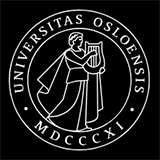
University of Oslo
-

OsloMet - Oslo Metropolitan University
-
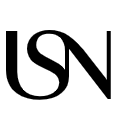
University of South-Eastern Norway
-

Nord University
-
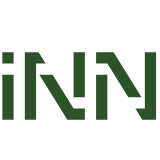
University of Inland Norway
-
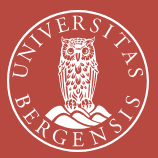
University of Bergen
-
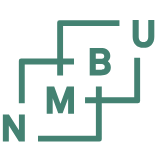
Norwegian University of Life Sciences
-

University of Stavanger
-
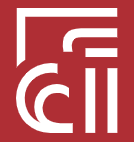
University of Agder
-

Norwegian University of Science and Technology
-

Mesoamerican University
-

Istmo University
-

Mariano Galvez University of Guatemala
-

Regional University of Guatemala
-

Galileo University
-

Francisco Marroquín University
-

Rafael Landívar University
-

University of the Valley of Guatemala
-

University of San Carlos of Guatemala
-

Technological Institute of Tlaxcala Plateau
-

Golfo University
-

Technological University of South Sonora
-

Technological University of Huejotzingo
-

Tizimín Institute of Technology
-

Chilpancingo Institute of Technology

